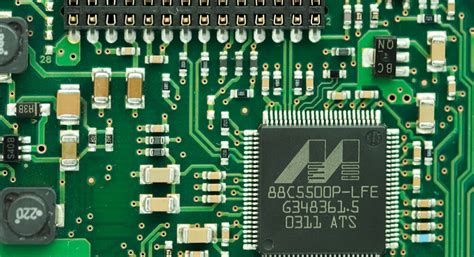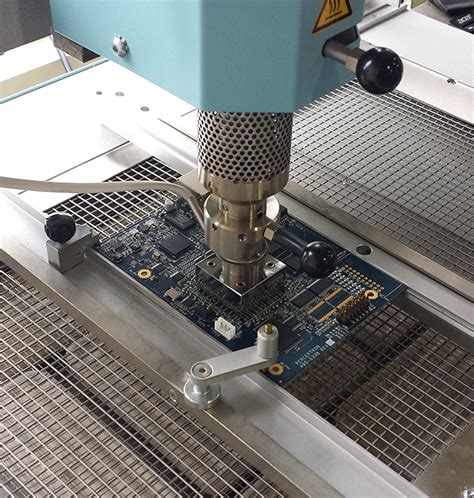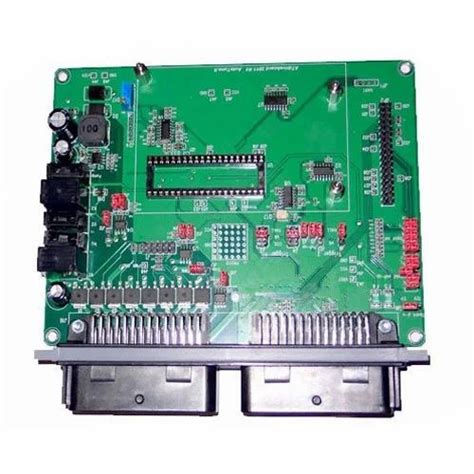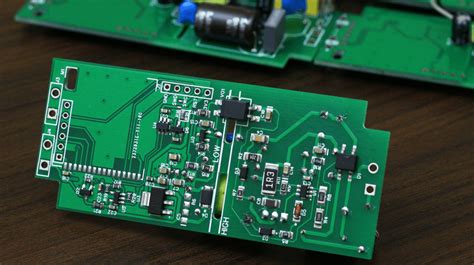Detailed explanation of surface mount circuit board (Surface Mount Circuit Board)
Introduction
With the rapid development of electronic technology, surface mount technology (Surface Mount Technology, SMT) has gradually become an indispensable part of modern electronic product manufacturing. As the core of this technology, surface mount circuit board (Surface Mount Circuit Board, SMCB) is widely used in various electronic devices, such as mobile phones, computers, household appliances, etc. This article will explore in depth the basic concepts, manufacturing processes, advantages and disadvantages, application fields and future development trends of surface mount circuit boards.
1.Basic concepts of surface mount circuit boards
1.1 What is a surface mount circuit board
Surface mount circuit board refers to a circuit board that directly mounts electronic components on the surface of the circuit board. Compared with traditional through-hole technology (Through-Hole Technology, THT), SMT allows smaller components and higher component density, thereby improving the performance and reliability of the circuit board.
1.2 Main components
Surface mount circuit boards are mainly composed of the following parts:
Substrate: Usually made of materials such as FR-4, providing electrical insulation and mechanical support.
Pad: A metal area used to connect components and circuit boards.
Components: Including resistors, capacitors, integrated circuits, etc., which are directly soldered on the pads.
Solder: An alloy material used to connect components and pads.
2.Manufacturing process of surface mount circuit boards
2.1 Design phase
Before manufacturing surface mount circuit boards, circuit design is required first. Designers use electronic design automation (EDA) software to design circuit diagrams and PCB layouts to ensure that the functions and performance of the circuits meet the requirements.
2.2 Prototyping phase
After the design is completed, the manufacturer will conduct small batch prototyping to verify the feasibility of the design. During the prototyping process, the manufacturer will produce circuit boards according to the design files and conduct necessary tests.
2.3 Printed circuit board manufacturing
The manufacturing process of printed circuit boards includes the following steps:
Material preparation: Select a suitable substrate material, usually FR-4.
Graphic transfer: Transfer the circuit pattern to the substrate through photolithography.
Etching: Remove the excess copper layer to form a circuit pattern.
Drilling: Drill holes where needed to facilitate the connection and installation of components.
Surface treatment: Gold-plating or solder coating of pads to improve welding performance.
2.4 Component placement
Component placement is a key step in SMT, mainly including:
Solder paste printing: Printing solder paste on the pads to facilitate subsequent component soldering.
SMT placement: Use a SMT machine to accurately place components on the pads.
Reflow soldering: Place the circuit board in a reflow oven and heat until the solder paste melts to form a firm solder connection.
2.5 Testing and inspection
After manufacturing, the circuit board needs to undergo rigorous testing and inspection to ensure that its performance and quality meet the standards. Common testing methods include functional testing, visual inspection, and X-ray inspection.
3. Advantages and disadvantages of surface mount circuit boards
3.1 Advantages
High density: SMT allows more components to be installed in a smaller space, which improves the integration of circuit boards.
Miniaturization: Surface mount components are small in size, which can achieve lighter and thinner electronic product designs.
Automated production: The production process of SMT is highly automated, which can improve production efficiency and reduce labor costs.
Excellent electrical performance: Since the components are directly soldered on the surface of the circuit board, the signal transmission path is short, which reduces inductance and resistance and improves electrical performance.
3.2 Disadvantages
Difficult to repair: Due to the small and dense components, it is difficult to repair and replace components.
Thermal management issues: High-density components may cause heat concentration, affecting the reliability of the circuit board.
High requirements for welding technology: SMT has high requirements for welding process, and poor welding may cause circuit failure.
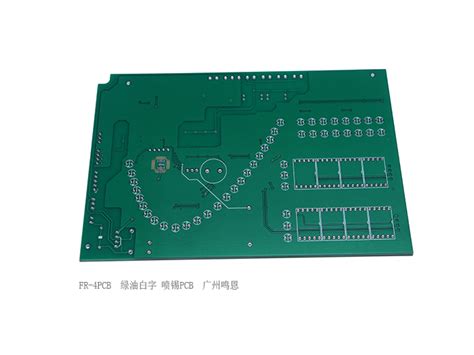
4. Application fields of surface mount circuit boards
Surface mount circuit boards are widely used in various fields, mainly including:
Consumer electronics: such as mobile phones, tablets, TVs, etc., requiring high integration and miniaturization design.
Industrial control: Control systems used for various industrial equipment, requiring reliability and stability.
Automotive electronics: such as in-vehicle navigation, entertainment systems, etc., requiring high temperature resistance and vibration resistance.
Medical equipment: such as monitors, diagnostic equipment, etc., require high precision and high reliability.
5. Future development trends
With the continuous advancement of science and technology, the future development trend of surface mount circuit boards is mainly reflected in the following aspects:
Miniaturization: As electronic products develop towards miniaturization, SMT will continue to develop towards smaller components and higher integration.
Intelligence: The popularity of intelligent electronic products will promote the advancement of SMT technology, and more intelligent functions will be integrated into circuit boards.
Environmentally friendly materials: The increase in environmental awareness will prompt manufacturers to adopt lead-free solder and recyclable materials to reduce the impact on the environment.
3D printing technology: The development of 3D printing technology will bring new possibilities for circuit board manufacturing, enabling more complex structures and functions.
Conclusion
As a core component of modern electronic products, the importance of surface mount circuit boards is self-evident. With the continuous advancement of technology, SMT will continue to promote the development of the electronics industry and bring us higher performance and more miniaturized electronic products. Understanding the manufacturing process, advantages and disadvantages of surface mount circuit boards and their application areas is of great significance to professionals and enthusiasts in the electronics industry. In the future, with the continuous evolution of technology, surface mount circuit boards will usher in a broader development prospect.

